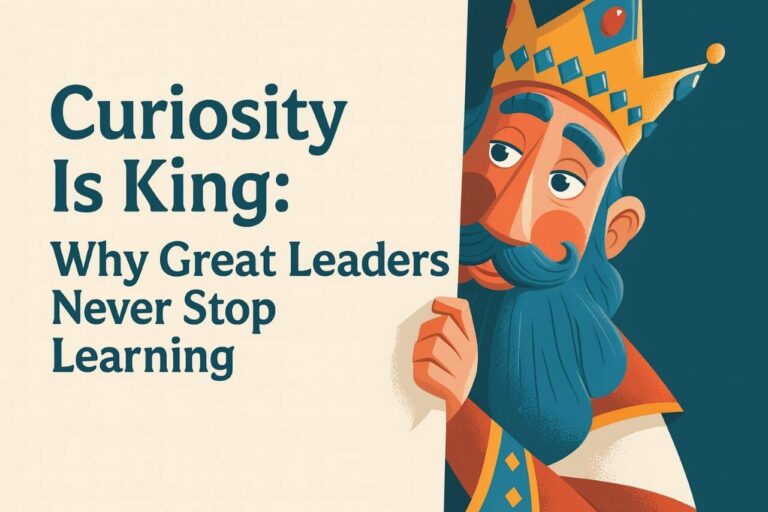LIFE CYCLES, Part XVI (Conclusion)
“So, concerning the things we pursue, and for which we vigorously exert ourselves, we owe this consideration—either there is nothing useful in them, or most aren’t useful. Some of them are superfluous, while others aren’t worth that much. But we don’t discern this and see them as free, when they cost us dearly.”
Seneca, Moral Letters, 42.6
The Roman philosopher and statesman Seneca’s wisdom here is timeless. In today’s terms, it serves as a reminder to evaluate the true value of the things we chase after in our lives and in business and understanding the cost. He speaks to what Jim Collins refers to as “the relentless pursuit of more”—more wealth, more social status, and even more of the constant busyness that many of us equate with success. It can take some of us a lifetime to learn these lessons.
When the mental fog caused by sleepless nights worrying about profits, cash flow, and people issues, along with the mental and physical exhaustion of working endless days, is replaced by the satisfaction that comes from leading an inspired team, an owner can then see that running a small business is not just a great job, it’s also a great teacher. Growing a business is a journey of struggle and learning, just like life.
Admittedly, it’s nearly impossible for an owner to view their struggles as learning opportunities when they’re in the midst of running around with their hair on fire trying to solve problems. Yet, whether they realize it or not, they choose to be right where they are, dealing with the here and now, because they need those lessons to grow. At the time, they may not think about there being anything beyond their struggles. But lessons learned during those times will end up being the greatest souvenirs from the journey of growing their business. I can attest to this firsthand.
Business owners are taught from early in their business journey that business growth is a linear progression—right and up, as you see when looking at graphs—but growth takes place in lots of different ways and in different places. And finding sustained profitable growth in business is just that—discovering it, both within their company and within themselves, not always planning for it or driving it. It can feel like trying to hold sand in your hand. If you squeeze it too tightly it falls out. If you hold it too softly it falls out. The key is to hold it just right, because it can be elusive and too often fleeting.
For those serious about doing the hard work of growing a business rather than just dreaming about some future destination, then it’s helpful to recognize and remember that a company is composed of the three dynamics we’ve discussed in this series: Executive, People, and Business. And that the hard work that needs to be done involves not only the technical elements (things that can be counted, measured, touched, etc.) but the mental and emotional elements (the inner work within each of us).
Both our Sustained Profitable Growth model and this Monday Morning Notes series have not been shared in an attempt to address every problem a business owner will encounter as they grow their company. Bookshelves full of books written by brilliant scholars have not been able to achieve that. Nor would we attempt to deny business owners the lessons they’ll learn as they navigate their way through the “Me,” “We,” and “Them” phases of growth.
Our Sustained Profitable Growth model is designed to make it easier for business owners to achieve the success they chase through their business and easier to understand and address the struggles they encounter along their journey. If this series has succeeded in accomplishing that in some small way, then it has done its job.
As it turns out, our Sustained Profitable Growth model just might have as much to do with an owner’s personal growth as it does with their business.



